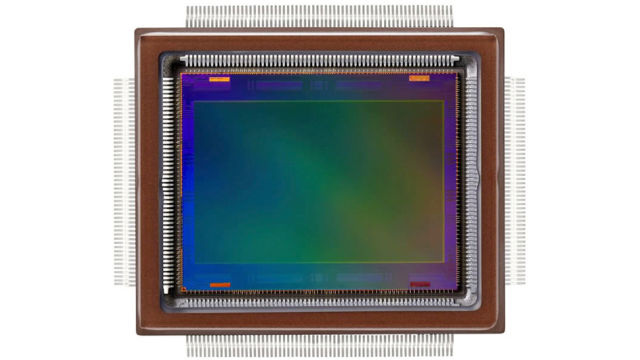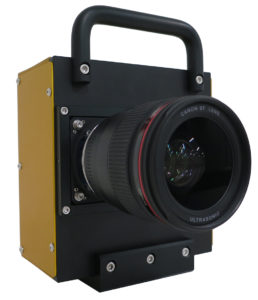Canon is developing a new 250-megapixel CMOS sensor which, when attached to a video camera, is capable of delivering a level of resolution roughly 30 times that of 4K video, according to a press release issued by the company on Monday.
But while the resolution quality is high, the frame rate when capturing video is low, as the company reported a mere five frames per second — a rate which BBC reports to be far slower than what a film requires.
The Japanese multinational’s new sensor measures in at approximately 29.2 x 20.2 millimeters and based on its size and pixel count, the company claims that it’s the world’s highest pixel count CMOS sensor under the size of a 35 millimeter full-frame sensor.
(…) the world’s highest number of pixels for a CMOS sensor smaller than the size of a 35 mm full-frame sensor.
In total, the new sensor incorporates roughly 250 million pixels (19,580 x 12,600 pixels) and while this might not seem impressive to some, increases in pixel counts result in signal volume increases. Such increases in signal volume can result in timing discrepancies as well as signal delays, but advancements in circuit miniaturization and improvements to the technology used to process signals has allowed Canon to achieve an extremely high signal readout speed of 1.25 billion pixels per second.
Outfitting the sensor to a new camera, the imaging and optical products company managed to snap pictures of an airplane flying roughly 11 miles away and the quality was such that the lettering on the side of the plane was distinguishable.
While the quality of the company’s new APS-H-size 250MP CMOS sensor is undoubtedly impressive and its potential applications various, Ars Technica‘s Sebastian Anthony recently noted in a report that the files produced by the new sensor “must be absolutely huge.” According to Anthony’s reported estimate, a single image produced by the new sensor would be roughly 350 megabytes in size.
Dr. Konstantin Stefanov, a senior research fellow at the Open University’s Centre for Electronic Imaging, was quoted by the BBC as having said that the feat, technically speaking, was “impressive.” But while impressive, it begs the question of why one would want them bigger “because as they get bigger you have more and more problems”.
Sensors can be made bigger, but the question is why you would want them to be bigger, because as they get bigger you have more and more problems (…) Their large size means you can only read them once every few seconds, so they are only good for specialised applications such as astronomy or surveillance.
According to Dr. Stefanov, building large sensors is unnecessary “because you could use smaller ones and just have better optics”.

























